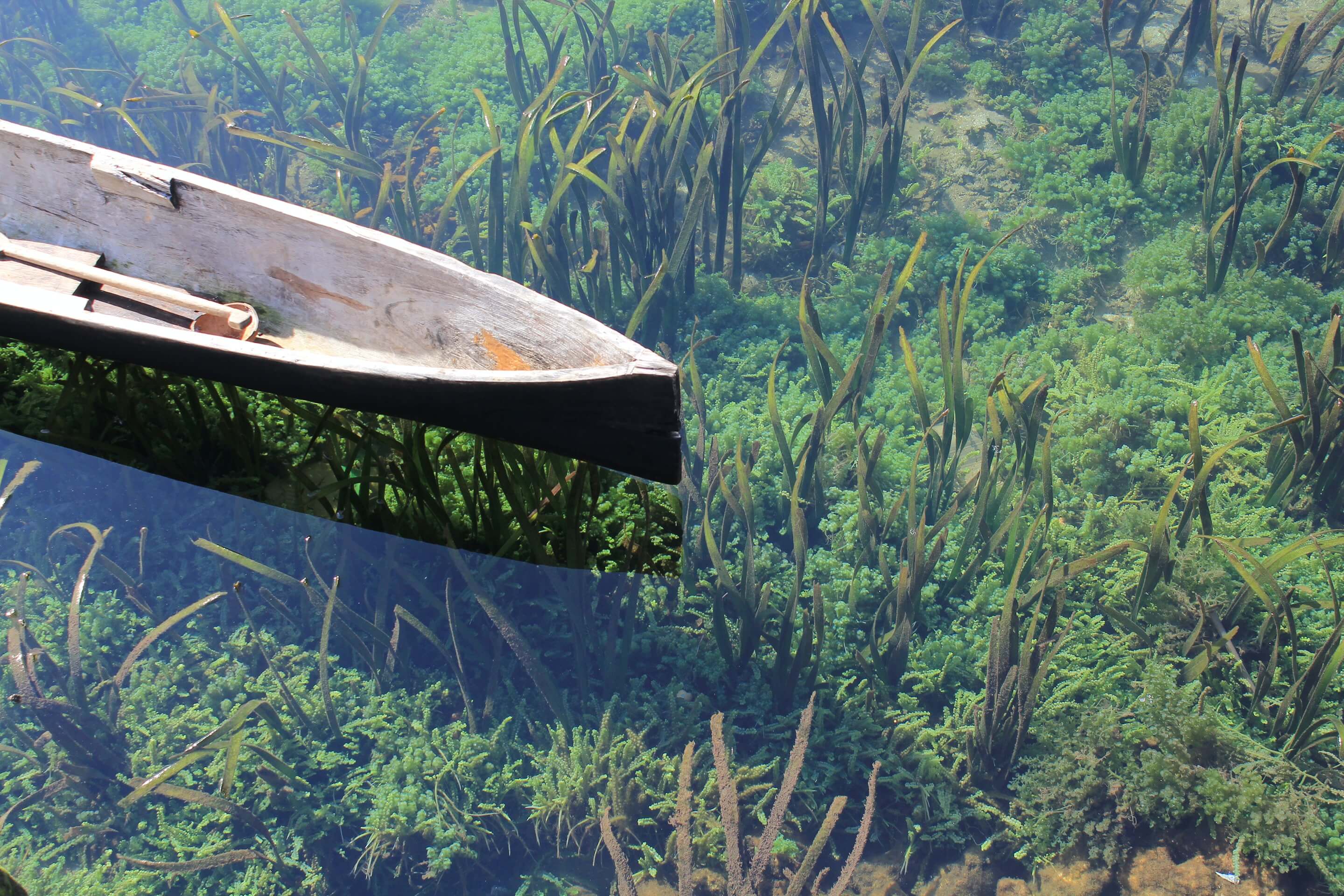Studying Staminate Flowers of Seagrass in an Aquarium
Introduction:
Seagrasses like Cymodocea serrulate are marine flowering plants that are important to an aquatic ecosystem. Seagrasses provide shelter and homes for fishes and are used as food by many animals. This study describes the characteristics of male Cymodocea serrulata flowers as observed in an aquarium. The researchers chronicle the stages of the flowers’ development to help others identify and monitor the plants in the wild and they also portray the environmental conditions in the aquarium when the grass flowered.
Set Up:
Cymodocea serrulata shoots were collected from Eagle Bay, Lazarus and potted with an average of 11 shoots per pot in a 1:1 sand/mud mixture. Two square-shaped pots were placed into each of the 12 glass tanks in a temperature-controlled aquarium. Seawater was supplied from the fast-flowing channel off the western shore of St. John’s Island. Each tank had twelve hours of light and twelve hours of darkness. Photosynthetic active radiation (PAR) from the lights was measured with an Apogee full-spectrum quantum PAR sensor. Ten male flowers were observed at different times throughout the study.Results:
One of the most important factors for flower development in seagrasses is temperature. This effect could be site- or region-specific, as flowers have been observed blooming in different seasons in different locations. Flowers in the study were found in temperatures as low as 27.4°C and as high as 30.1°C.
Conclusion:
Future work is needed to explore developmental features of seagrass flowers and their environmental conditions, especially those in Singapore.
Image 2. Photo by Benjamin L. Jones; Seagrass on the ocean floor

Image 1. Photo by Pahala Basuki; Seagrass under a boat
- Pavarne Shantti
- Yan Xiang Ow
